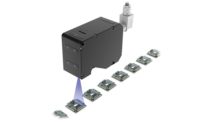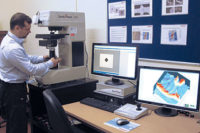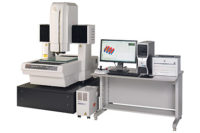Luminator Technology Group is a family of brands that manufacture passenger information signs, lighting, and display solutions for bus, rail, and aerospace industries. Based in Plano, Texas, Luminator serves a broad customer base in North America and throughout the world. The company’s backlit products include destination signs, passenger advisory boards, infotainment systems, and lighting technology, which serve to enable vehicle operations and contribute to passenger comfort.
As specialists in the support of major OEMs, operators, and tier I and II suppliers in the aerospace market, the Luminator Aerospace brand has been providing dedicated project expertise and interior and exterior lighting products for aircraft since 1942. Backlit products such as exit signs, fasten seatbelt signs, lavatory signs, and other signage make up a large part of the company’s portfolio. These products must meet strict tolerances for brightness and color as defined by their customers, as well as stringent industrial regulations. However, LEDs and colored overlays supplied for sign manufacture can vary in consistency from part to part in terms of color and brightness, making quality control a major focus of Luminator’s operations.
Exceeding Customer Expectations
With absolute quality as a focus, Luminator Aerospace performs extensive light and color measurement tests on each sign that they manufacture. These tests ensure that customer specifications are met to exact values and that a record of verifiable quality data is documented for each part. Measurement criteria vary for each backlit sign, and include strict tolerances for luminance (Lv), color accuracy based on precise CIE color coordinates (Cx, Cy), and other requirements for overall uniformity of light and color and contrast ratios.
“Consistency is key for our customers,” says Chris Wooten, Luminator electrical engineer. “We might be producing a ‘fasten seatbelt’ sign, for example, and if you’re standing at the front of the airplane, you can look down all the rows and see a fasten seatbelt sign in every row, on both sides of the airplane. We want to make sure we give our customers a quality product and that all products look the same.”
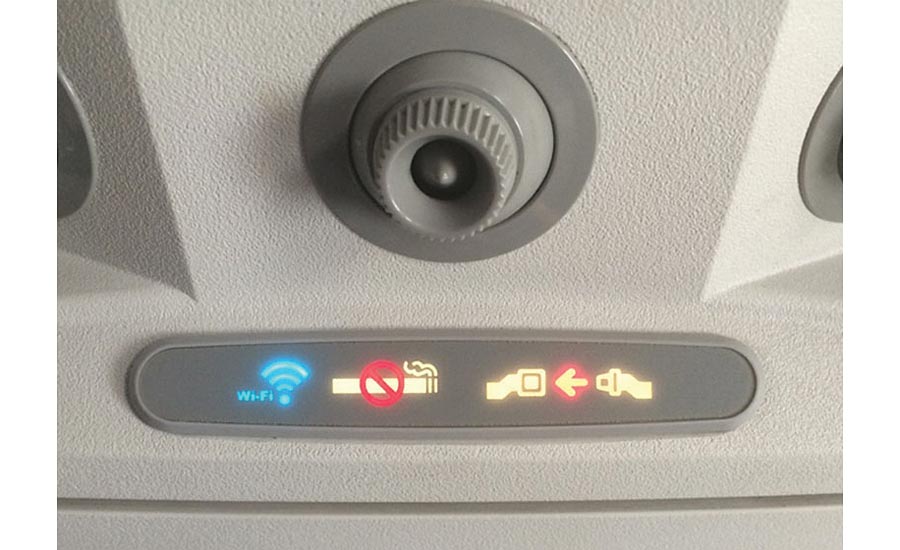
Achieving consistency for all symbols within an illuminated sign—especially where a variety of symbols and colors are present—requires precise digital measurements.
Luminator continually strives to exceed customer expectations, and the tests that are performed on their signs often evaluate features so minute that they are difficult for humans to perceive. To measure this nearly imperceptible level of variation, the company’s original testing operations employed a high-end spectroradiometer to obtain measurements for luminance and CIE chromaticity coordinates for each sign under test. A spectroradiometer is a device that calculates CIE tristimulus values from spectral data, which can then be used to calculate CIE chromaticity coordinates and luminosity with extreme accuracy. This system allowed Luminator to meet quality expectations while providing a comprehensive record of tests performed to establish auditable processes.
Beyond expectations for product quality, however, is the critical need for on-time delivery. Every day an aircraft is stalled in production due to component delay costs major OEMs millions of dollars in lost revenue. Luminator recognized that they would need a solution to increase throughput to meet the demands of their customers. Although highly accurate, spectroradiometers are only able to measure a single spot on a component at one time. This makes comprehensive quality testing using spectroradiometers extremely time-consuming, especially when the process requires luminance and chromaticity uniformity tests to be performed across each sign. In these cases, a complete product evaluation could take up to one hour per sign, since the measurement system must be positioned at every measurement point to compare data across the sign. Additionally, these testing operations tied up the spectroradiometer, an extremely sensitive instrument intended primarily for design and calibration applications, limiting it to production-level quality control operations that do not utilize most of its advanced measurement capabilities. Understanding the need for more timely processes, Luminator recognized an opportunity to further exceed customer expectations by evaluating alternative measurement solutions that could reduce testing time by performing all quality analyses at once.
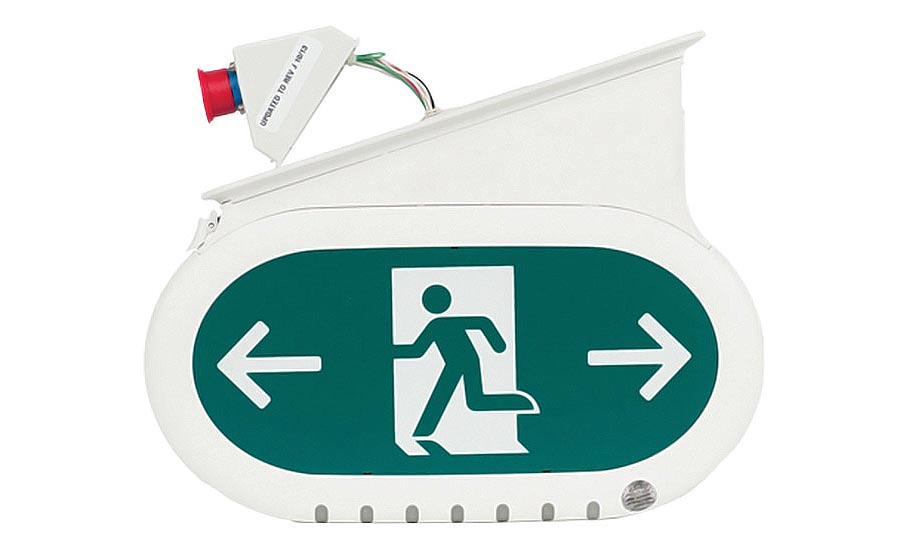
Imaging Solutions Improve Throughput
Unlike the spot-based measurements performed by the spectroradiometer, measurement solutions that rely on two-dimensional imaging techniques are able to capture and acquire data from all points of interest (POI) on a part at once. To improve throughput in their quality control operations, Luminator decided to switch to imaging solutions for their quality testing, replacing the slower spectroradiometer system. Luminator selected ProMetric imaging colorimeters from Radiant Vision Systems as their imaging solution, which enabled complete product evaluation in a fraction of the time.
“We looked at this solution because it’s faster, and completes all measurements in a single image,” said Olaf Scholz, Luminator test engineer. ProMetric imaging colorimeters can record luminance and chromaticity data from each sign, as well as analyze uniformity across an entire sign by capturing it completely and instantly within the camera’s field of view. The ProMetric system uses a tristimulus optical filter system to measure light as it is perceived by the human eye, providing the truest measure of light and color quality. In addition, the system measures exact CIE chromaticity coordinates necessary for customer-defined tolerance testing, and offers CCD resolutions up to 29-megapixels. This enables the system to measure light values down to the pixel level for extremely small areas, such as a few pixels that make up a character of a contrasting color or brightness on a sign. Using Radiant’s TrueTest automated visual inspection software, Luminator is able to build a sequence of tests in a single measurement application, performing luminance, chromaticity, uniformity, and contrast analyses simultaneously for immediate data capture.
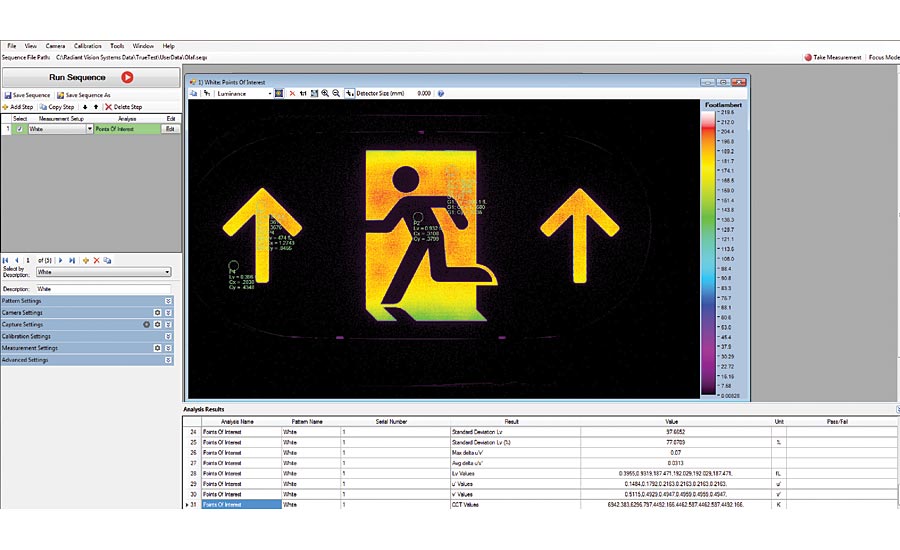
Radiant TrueTest software performs luminance, chromaticity, and CCT (correlated color temperature) measurements on all white regions of an illuminated sign at once.
Since implementing ProMetric imaging colorimeters in their quality operations, Luminator has reduced its product testing time from more than one hour per sign to as short as three minutes per sign. The ProMetric system can evaluate multiple signs at once, with as many as eight signs tested in a single measurement, as permitted by the imaging colorimeter’s field of view. These measurements take advantage of the full 24 POI available in each camera’s software to test all points across each sign for every test in the measurement sequence (for instance, 24 luminance measurements, followed by 24 chromaticity measurements, and so on). The resulting throughput improvements allow Luminator to keep up with demand, and accept even more component orders while still exceeding their customers’ expectations for quality and on-time delivery.
“When you think about how many signs we were testing before, versus how many signs we’re testing now—and all the different flavors—there’s no way we could do that today [without the imaging system],” says Jaime Castillega, Luminator manager of optical engineering. “It is a night and day comparison.”
Additional Applications
Making additional use of their investment, Luminator also applies the ProMetric imaging systems in engineering and design for development testing of newly-supplied components, ensuring accuracy from end to end of manufacture.
“Aside from our production environment, the cameras are in constant use for engineering tests after the factory goes home,” explains Scholz. “In creating new overlays, we do sample tests with the Radiant cameras. When we select a new LED, we use a known overlay to see how the new LEDs will react in the final assembly.”
The ProMetric imaging colorimeters test new bins of LEDs and new colored overlays to ensure that supplied components meet required brightness and color specifications when combined in a final assembly. This process provides an additional level of quality control, ensuring consistency from design to production.
Plans for Future Improvement
Having achieved such a significant increase in testing efficiency using imaging colorimeters, Luminator has begun to look into opportunities to further automate operations using their ProMetric systems.
“Switching to the imager was a paradigm shift for us,” says Scholz. Beyond end-of-line testing, Scholz says, “Our biggest goal right now is throughput and error-proofing on the manufacturing side, and the way to improve that is to automate. We have a first push now to automate one of the ProMetric systems using Radiant Vision Systems TrueTest software.”
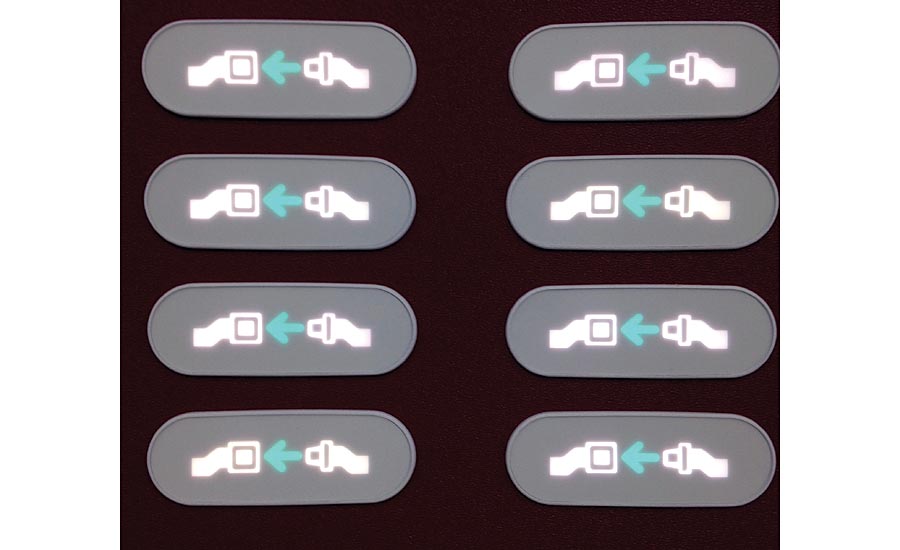
Using a Radiant imaging system, Luminator is able to acquire measurement data for as many as eight signs at once.
TrueTest can be controlled via API for integration with other production line systems, allowing Luminator to link their ProMetric systems to the rest of the line. This API enables Luminator to automate communication of measurement data from the test system to a centralized database, establishing a unified production process for consistent reporting while avoiding deviations from customer-defined measurement tolerances. This further reduces time and materials required for quality testing. With production-level test sequencing software and superior imaging speed, the ProMetric series of imaging colorimeters is ideal for in-line inspection and is commonly used for these applications in display and light source evaluation.
Summary
Luminator Aerospace is committed to absolute quality in their products, with comprehensive light and color measurement testing performed on all of their backlit signs. The implementation of Radiant’s ProMetric imaging colorimeters in the company’s quality testing operations gives Luminator a significant advantage for delivering quality products at speed. Understanding the importance of on-time delivery in aerospace manufacturing, Luminator exceeds its customers’ expectations for quality and efficiency by continuing to seek improvements that streamline its operations.

